

The Rio Tinto Alcan planetarium in Montreal
Author: Mike Smith, Director, National Rock Garden
Extract from National Rock Garden Newsletter No. 13, September 2016
While visiting two of my grandchildren in Montreal for a month, I investigated various science education facilities. One afternoon, I took my 5 year-old grand-daughter to the Rio Tinto Alcan Planetarium near the Viau Metro station just north of the central business district. The city is well advanced in creating a scientific facility called the Montréal Space for Life, described as ‘the first space in the world dedicated to humankind and nature’. Space for Life is the largest concentration of natural science museums in Canada, and includes the Botanical Garden, the Insectarium, the Biodome and the Rio Tinto Alcan Planetarium.
The planetarium opened in April 2013. (Videos at https://www.youtube.com/watch?v=IupOxuRD8Os and at https://www.youtube.com/watch?v=bYAM7yfVKKI and https://youtu.be/j4h1qgTWoMM?t=72 are in French with selectable English sub-titles.)
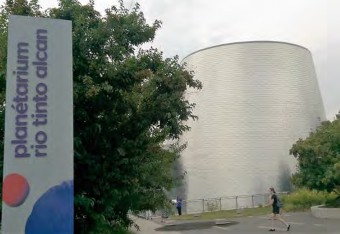
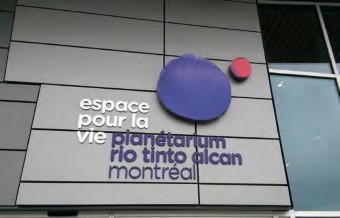
In contrast to the NRG which is primarily an outdoor educational facility, the planetarium is entirely indoors so it can operate over Quebec’s very cold winters (and its hot summers).
There was a significant Earth Science component to many of the displays, as shown in the photographs below, using posters and displays of rock specimens. The linking of astronomy and earth science education to education in biology/botany is notable.
A portion of the adjacent poster states: ONCE UPON A TIME IN PANGEA – Earth’s crust is fractured in several places and it floats on magma, a very hot liquid. Yet, unless an earthquake strikes, you do not feel Earth’s crust move. Before they separated from one another, all the continents were joined together in what is known as Pangea.
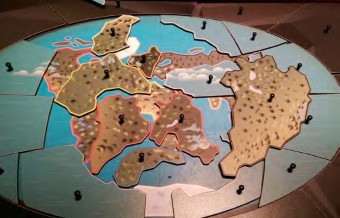
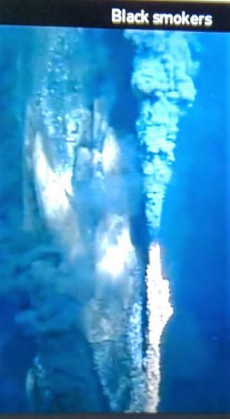
The adjacent poster explains: This rock sample comes from the Nuvvuagittuq volcanic and sedimentary formation on the eastern shore of Hudson Bay in Quebec. It is one of the oldest geological formations ever discovered. This fragment of Earth’s crust is estimated to be at least 3 billion 700 million years old.
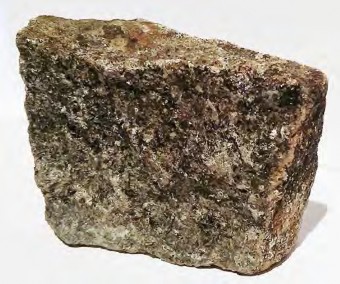
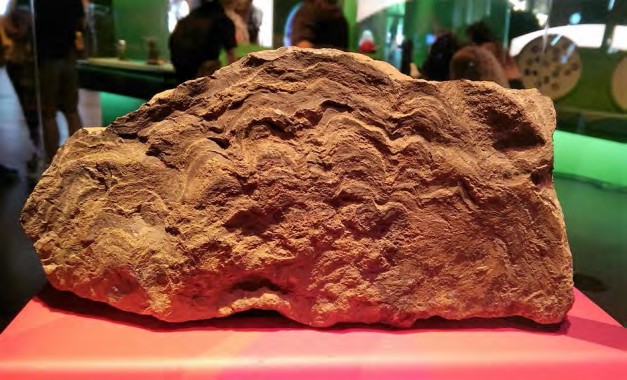
The adjacent text states ‘Stromatolites are columns formed by the building of calcium carbonate deposited by bacterial colonies. These bacteria began developing about 3.5 billion years ago. The colonies they formed dominated our planet for nearly 3 billion years, and gradually altered the chemical composition of the atmosphere by producing oxygen’. [Recently published research, by an Australian-led research team has identified stromatolites in 3.7 billion year-old rocks in Greenland.]
There were lots of meteorites on display (see below).
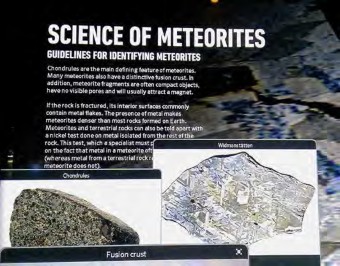
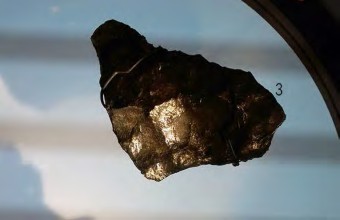
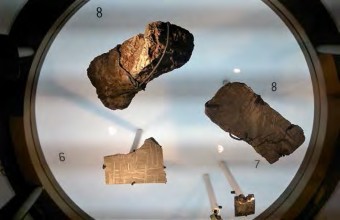
A highlight was a hologram scientist (right) providing a lively explanation (in French, then in English) of the origin and characteristics of meteorites. This hologram concept is a good idea for the NRG, if we can raise funds for the necessary projection system.
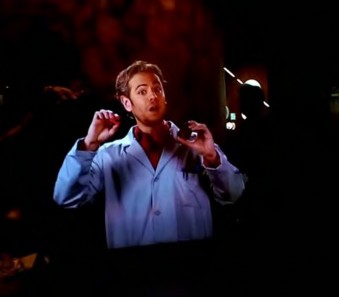
The planetarium project cost $48 million Canadian. The breakdown of this financial support is instructive for the National Rock Garden:
- City of Montréal: $25.7 million
- Federal Government (Canada Economic Development): $9 million
- Provincial Government of Quebec: $9.5 million
- Rio Tinto Alcan: $3.8 million
We see that corporate naming rights to the planetarium were acquired for a funding contribution of only 9% of the total cost. Three public agencies contributed the larger share of 91%. I observed that there was no signage inside the Planetarium exposition areas referring to the corporate sponsor, only on the exterior, the entry & the web site. The NRG directors are renewing efforts to engage with participants in the ACT Government and the Federal Government.
Finally, I need to say that there were a lot of interesting activities for a five-year old, from interactive screens, magnetic construction kits, steering through the stars, driving on a lunar surface, watching a rock being created and colouring in while talking excitedly to numerous older children. She liked the train travel as well. The planetarium also has a gift shop and a café.


